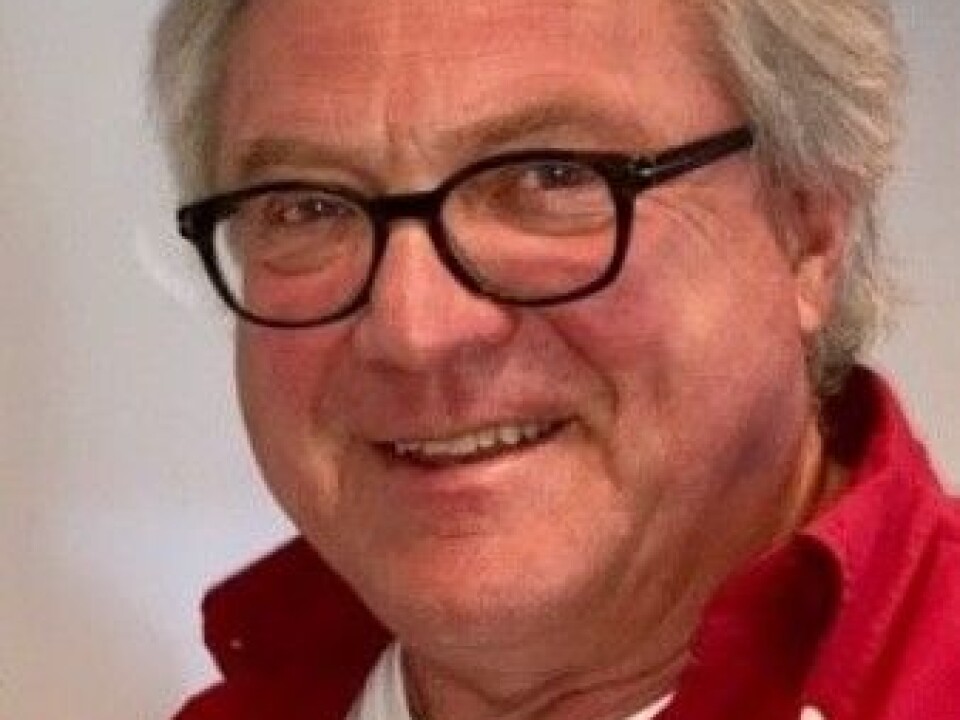
Speed cameras save lives but are politically contentious
Norway has the fewest traffic deaths in Europe when calculated on a population basis. While the government wants to raise speed limits and set up fewer speed cameras, it is precisely these measures that have helped cut traffic fatalities, research shows.
Norway has speed limits that are among Europe’s lowest, with strict and pricy punishment for people who exceed those limits by even just a little.
But these strict road policies have paid off. The number of deaths on Norwegian roads has been halved since 2010, while the number of fatalities in EU countries has only decreased by 20 per cent on average during the same period.
These are the latest numbers from the European Traffic Safety Council (ETSC), and they have other European countries looking more closely at what Norway does to figure out the secret.
Arild Ragnøy, chief engineer at the Norwegian Public Roads Administration says a big part of the improved traffic safety is due to research.

“We are committed to having a solid scientific knowledge base, and have just completed a R&D programme on better traffic safety, which we call BEST,” he says.
Three things that kill
Ragnøy says research shows that drinking, excessive speed and failure to use seat belts are the three biggest reasons that people die in traffic accidents.
“These are still big problems. But random blood alcohol testing is effective in reducing the number of drivers who drink and drive,” he says.
There’s more that can be done to prevent people from driving if they have been drinking, he said. Car manufacturers can install alcolocks in new cars, for example, a measure that has recently been proposed by the EU for all new cars starting 2022.
The proportion of seat belt users in Norway has also gone up. But Ragnøy notes that a large proportion of people who are killed in car accidents were not wearing seat belts.
Norwegians follow speed limits more than Swedes
High-speed collisions and cars driving off the road at high speed are what kill people the most, however.
While Norway’s fatality numbers are the best in Europe, with 3 fatalities per billion kilometres travelled, Sweden’s numbers are 3.4 fatalities for the same distance travelled. Given that the Swedish road network is generally better than Norway’s, this might seem counterintuitive.
The difference, Ragnøy says, is that Norwegians are more likely than Swedes to stick to the speed limit.
However, the difference might also be explained by the better road quality in Sweden, which might encourage people to drive faster than people do in Norway, he added.
In Sweden, 80 per cent of motorists drive over the speed limit. In Norway, only 50 per cent drive above the speed limit, Ragnøy says.
Speed cameras effective but politically contentious
Norwegian roads are signed to warn drivers of upcoming fixed speed cameras. It’s a tactic that slows people down as they scan the horizon for the speed camera box in question.
While Norway has relied on fixed speed cameras to keep drivers from speeding, Swedish authorities have taken a different approach.
For one thing, they won’t allow the use of two speed cameras that take pictures of your car at the beginning and the end of a specific distance. The difference in time allows your average speed on that stretch of road to be calculated.
Swedish officials have opposed the two-speed-box system because they believe it is an excessive invasion of privacy to take pictures of drivers who aren’t necessarily driving over the speed limit.
All speed cameras photograph your car. In Norway, if you’ve exceeded the speed limit, the photo is saved so that police can figure out who is behind the wheel — otherwise, the photo is deleted, Ragnøy says.
However, the Norwegian government has now decided it will not allow the installation of additional paired speed cameras that measure speed over a specific distance. Ragnøy, for one, believes that this decision limits the use of an effective tool that has been shown to save lives.
Centre dividers cause more accidents
Norway’s population is so low that many of its major roads are comprised of one lane of travel in each direction. Outside of the country’s larger metropolitan areas, such as Oslo, Bergen and Trondheim, there are divided roadways with more than one lane of traffic in each direction.
But most roads are just two lanes wide, making head-on collisions a real possibility.
To address this problem, the Norwegian Public Roads Administration has used several approaches to divide opposing lanes of traffic.
In some cases, the road divide is marked with reinforced centre marking, a bumpy centre stripe that makes a buzzing sound if a car moves toward the centreline of the road. Ragnøy says this measure is effective.
“Drivers who are inattentive or are falling asleep wake up and steer the car back into the correct lane,” he says. Especially where traffic levels are light, reinforced centre marking works well, even if it does not physically prevent head-on collisions.
Roads with more traffic are divided with railings or even medians between the lanes. These have been shown to have both positive and negative sides, Ragnøy says.
“Guardrails don’t reduce the total number of accidents, because cars can crash into the centre divider. But they do reduce the most fatal head-on collisions,” he said.
——————————































